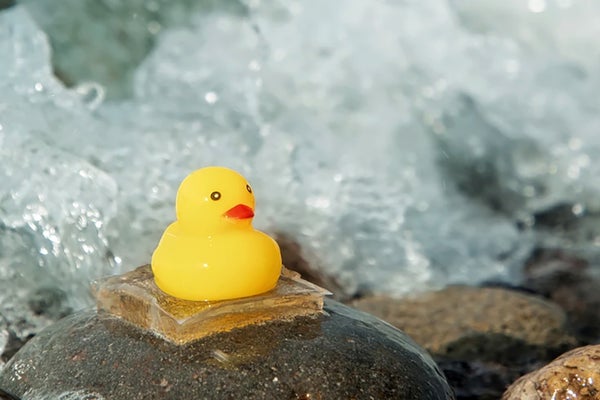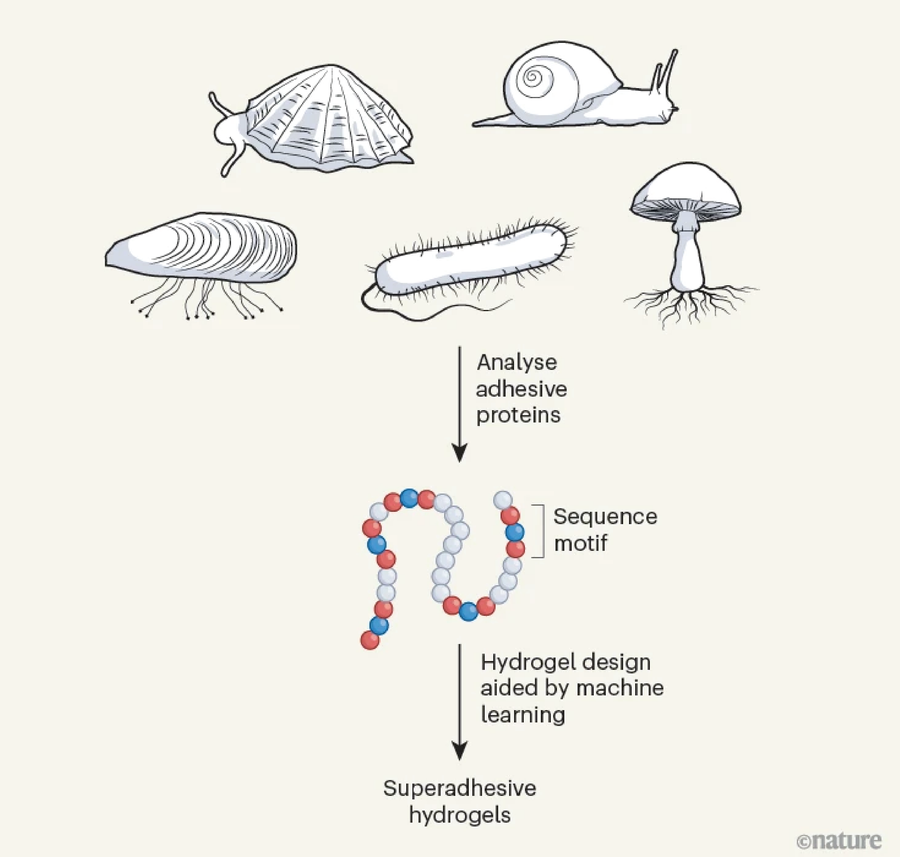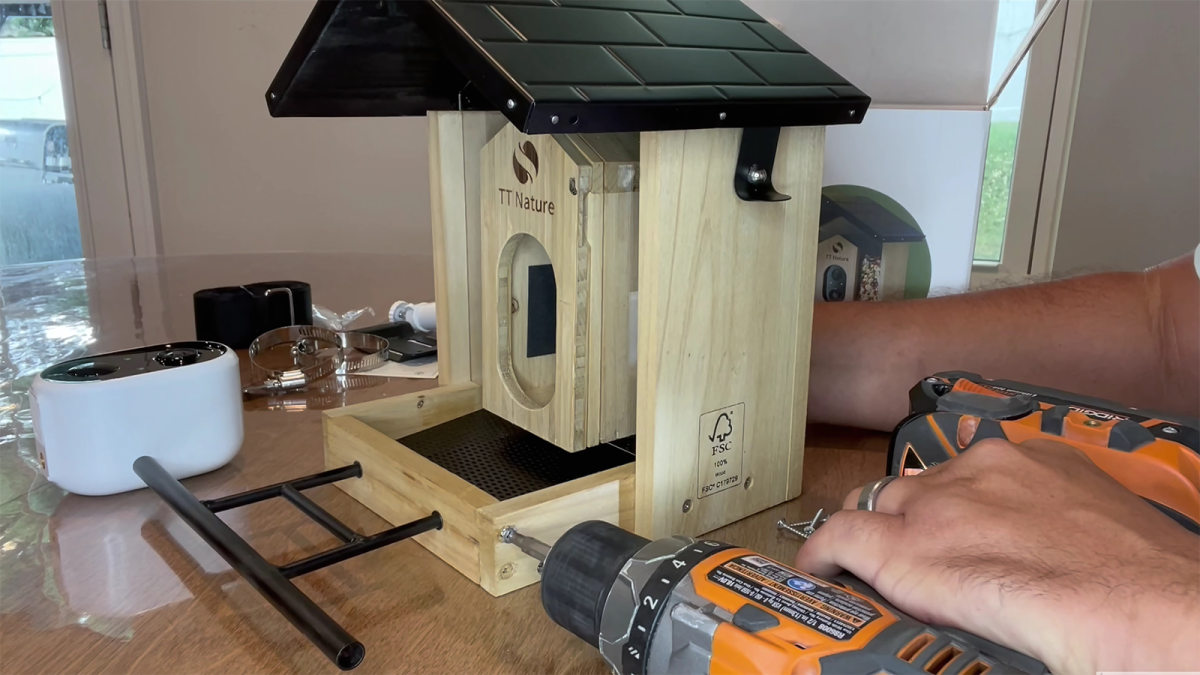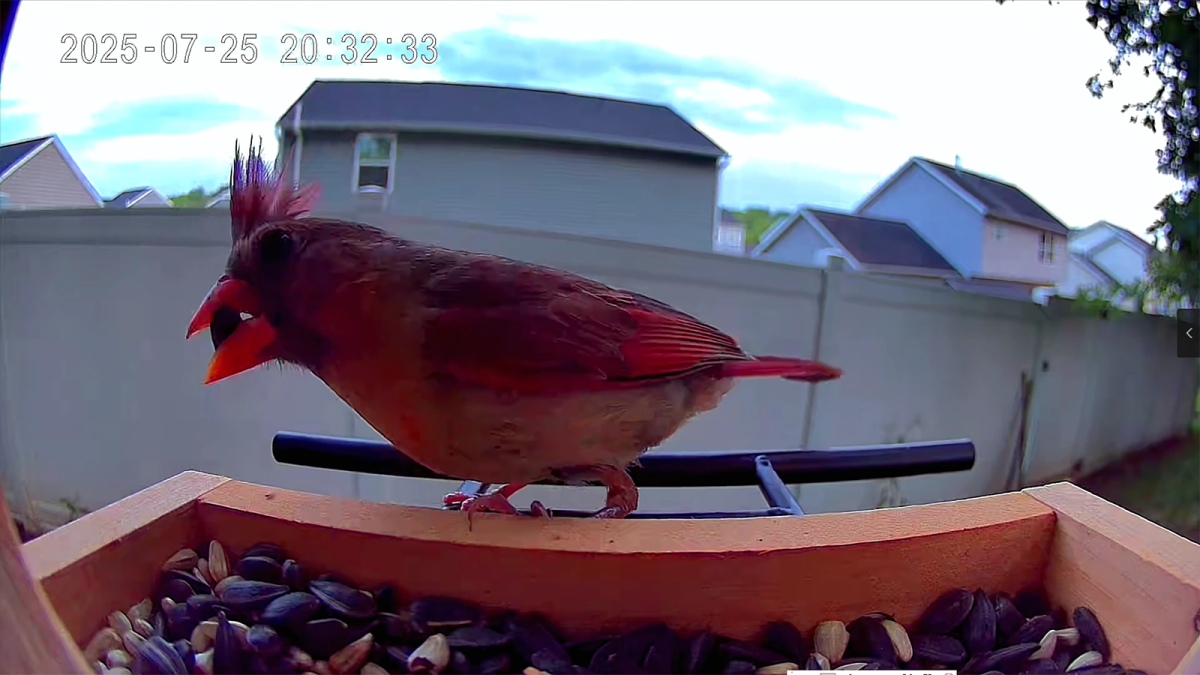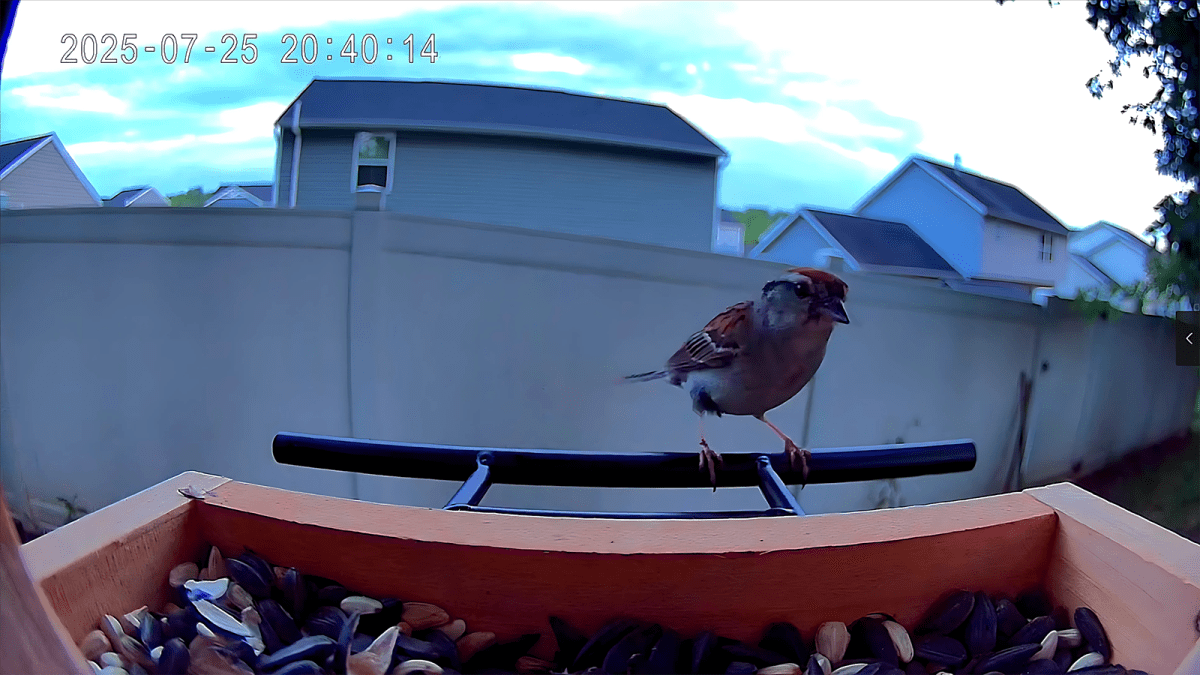https://gizmodo.com/femas-flood-maps-are-basically-lies-2000642351
The U.S. Federal Emergency Management Agency’s (FEMA) Flood Insurance Rate Maps, often referred to simply as flood maps, outline flood risk. The maps are critical to determining the need for flood insurance, construction restrictions, floodplain management, and hazard mitigation. There’s just one problem—75% of FEMA’s maps are out of date.
Writing for The Conversation, Jeremy Porter, a City University of New York researcher who studies flood-risk mapping at the nonprofit organization First Street, argues that the maps’ overreliance on historical data and failure to include climate change impact are partially to blame. After horrific flash floods claimed over 100 lives in Texas’ Kerr County in July, including children at a summer camp, the inaccurate flood maps’ public safety implications are once again in the spotlight.
“While FEMA has improved the accuracy and accessibility of the maps over time with better data, digital tools and community input, the maps still don’t capture everything—including the changing climate,” Porter wrote. “There are areas of the country that flood, some regularly, that don’t show up on the maps as at risk.”
Specifically, a 2023 assessment by First Street, which conducts climate risk financial modeling, revealed that over two times as many properties in the United States were at risk of a 100-year flood (a flood that has a 1% chance of taking place any year) than those outlined in the FEMA maps. In the case of Kerr County, First Street identified over 4,500 homes at risk of flooding near the Guadalupe River. According to FEMA data, however, it was just 2,560.
That means that people in areas not included in the official flood risk zones might not just be uninsured but also tragically unprepared.
According to Porter, one of the problems is that the maps focus on river channels and coastal flooding mostly without taking into account flash flooding, specifically in areas with smaller channels of water. This is particularly notable within the context of climate change and global warming, which sees warmer air holding more moisture, which translates into more extreme rainstorms.
Another issue is conflicts of interest. As NBC News reported, it’s common for property owners to conduct their own flood risk analyses and then petition FEMA to change the flood zone designation accordingly.
“One of the problems with FEMA is it appears to be negotiable as opposed to an empirical or science-based understanding of risk,” Porter told NBC News. “It’s based on the ability to create an engineering study and negotiate with FEMA.”
If you think most people ask the agency to label their area as high flood risk so they can better prepare, you’re probably putting more faith in humanity than we deserve. The truth is that official flood zones can mean expensive flood insurance obligations, lower property values, and stricter construction regulations.
What’s more, “Congress controls FEMA’s mapping budget and sets the legal framework for how maps are created. For years, updating the flood maps has been an unpopular topic among many publicly elected officials, because new flood designations can trigger stricter building codes, higher insurance costs and development restrictions,” Porter explained on The Conversation.
With President Trump threatening to potentially “remake” FEMA, it remains to be seen what’s in store for the agency’s future and what that means for American lives.
via Gizmodo https://gizmodo.com/
August 13, 2025 at 09:15AM

